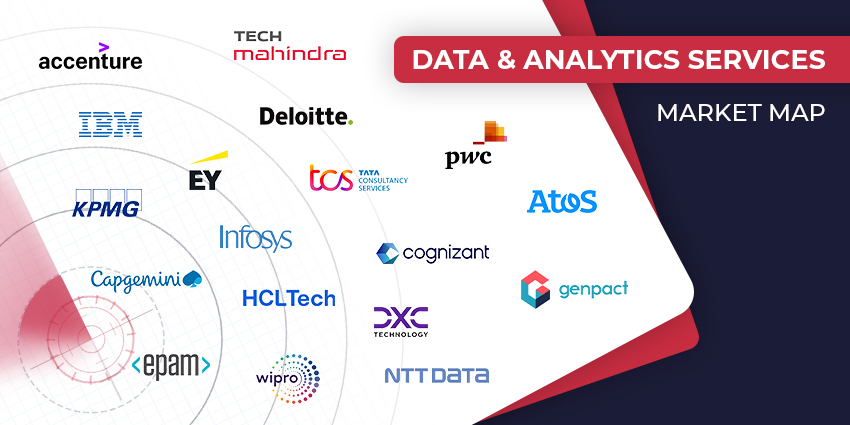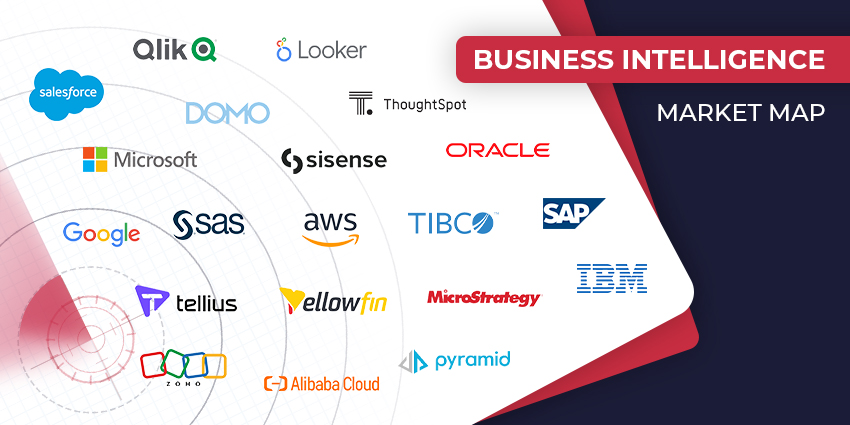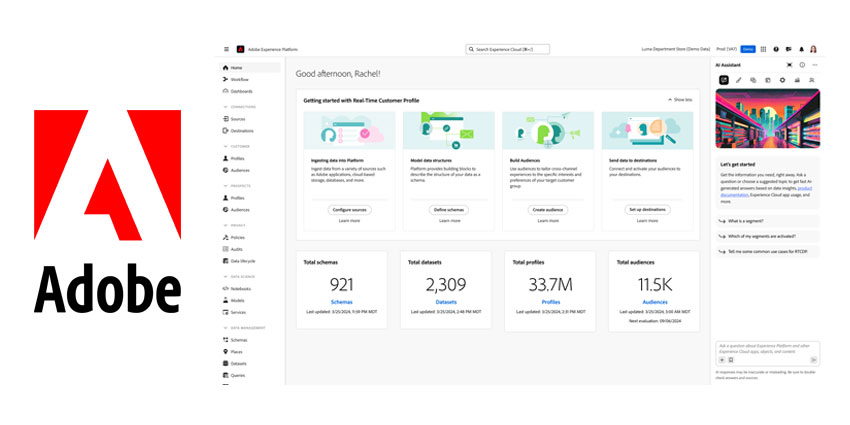Customer care now involves a complex web of often not-very-well-integrated systems that make up the omni-channel customer experience. Disconnects arise between what’s happening in the call centre, via social channels or over the internet. Each of these channels is mature with well understood technologies to support them but it’s the omni aspect that presents the challenge.
The ideal outcome is to have tools that can automatically track customers across channels, ensure consistent experiences and instantly provide agents with the right info, in the right format at the right time. Critically, this functionality has to be enabled at scale so organisations are looking to artificial intelligence (AI) as a means to scan for the right information across all the channels and collate and present that to customer care agents near-instantly.
AI reduces effort required

“AI is the one tool that can bridge the gaps between visibility and knowledge,” explains Jeff Epstein, the vice president of product at Comm100. “Less sophisticated organisations are struggling to follow and keep track of the customer across social, email and ticketing but AI is going to reduce the effort required by customer teams to understand customers’ motivations.”
Epstein is confident that technology exists that solve organisations’ omni-channel issues but he warns that customer expectations of care have changed, along with the practices enabled by new technologies. “The limitations we’re seeing in the market are not based on the technology but on reluctance and caution,” he says. “The technical building blocks of data science and algorithms are all there and enable practical applications, it’s simply a matter of having the expertise in-house to use them, the data is all in the cloud.”
“However, it’s a classic adoption cycle that we’re in,” he adds. “The early adopters are the real risk-takers and probably those that have prior experience of very few budget constraints. From the supply side, vendors like us have a robustness and mature functionality to offer but the market hasn’t yet caught up.”
Multi-stack path
To further illustrate the complexity, Epstein gives an example of customer care supported by Salesforce plus an omni-channel platform with voice from other vendors and email interactions handled by a legacy app in an older system. “Imagine a scene where a customer emails a warranty-related question in via email,” he says. “It’s not urgent which is why they haven’t called or initiated a chat session and what they really need is probably to be directed to a couple of knowledge-based articles so this can be handled. However, they then need to clarify one issue so they fire off a chat.”
“They’ve now created a multi-stack path and, for an agent to be aware of all these interactions, is impossible unless there’s an automated tool to cross-reference interactions across all the channels,” he adds.
“AI can dial-in to these patterns very quickly and decide whether to escalate care. If you extrapolate this to multiple interactions of this type happening, there’s no way a human on their own can do this”







